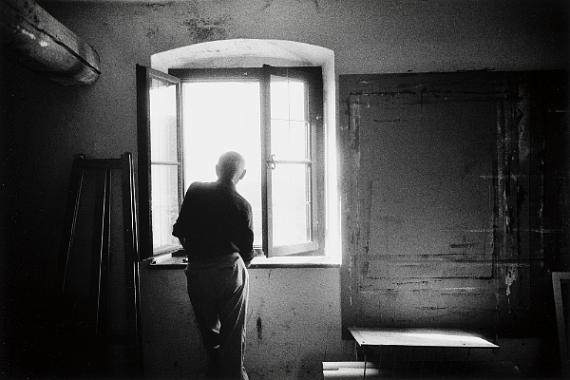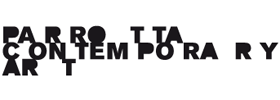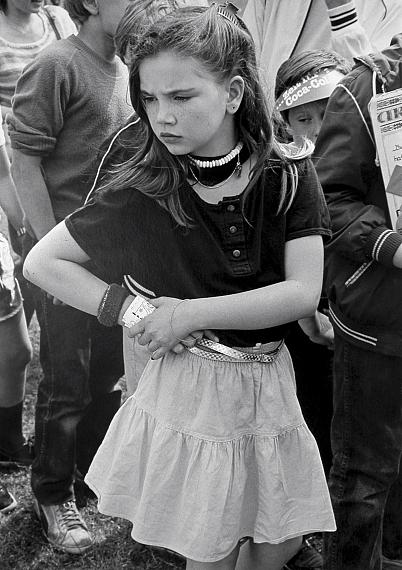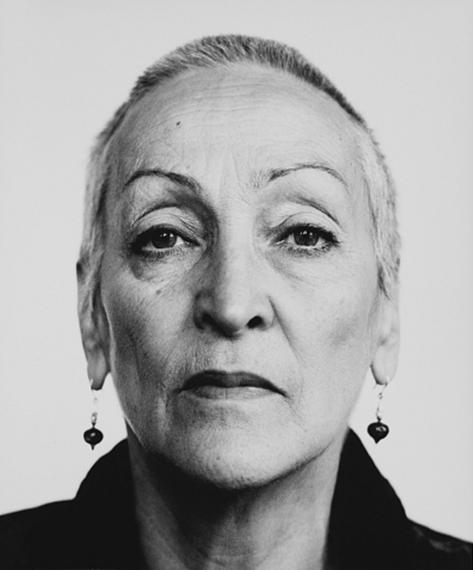
Henri Cartier-Bresson, Salzburg 1986
Gelatin silver print on baryta
50,8 x 61 cm
Paris Photo 2024 - Group show
Booth A48
Gabriele & Helmut Nothhelfer » Detlef Orlopp » Timm Rautert » Clare Strand » Bernar Venet » & others
Fair: 7 Nov – 10 Nov 2024
Wed 6 Nov
Paris Photo - Grand Palais
7 avenue Winston Churchill
75008 Paris

Parrotta Contemporary Art
Brüsseler Str. 21
50674 Köln
+49 (0)221-92355901
mail@parrotta.de
www.parrotta.de
Tue-Fri 11-18 . Sat 11-16 +

Wedding für Kinder – Kinderfest im Schillerpark, Berlin 1984
Vintage gelatin silver print on baryta
36 x 28 cm
THE ARTIST'S PORTRAIT
In its 13th Paris Photo presentation, Galerie Parrotta is devoting itself exclusively to the genre of the portrait. This is considered to be the earliest and, to this day, the most prominent pictorial task in art. From the Vera Icon, the 'non-man-made' portrait, to the digital world of our 'facial society' (Thomas Macho), the face is the 'vanishing point of all images' (Hans Belting). With five exemplary photographic positions, Galerie Parrotta presents five very different approaches to an ultimately impregnable field: the portrait.
Since 1973 - the year of their wedding - Gabriele and Helmut Nothhelfer have created a joint photographic oeuvre of unobtrusive formal intent and quiet perfection. As flaneurs of German leisure life, they have created a multi-layered social portrait that makes aesthetic contradictions disappear: the sharpness of social photography, playful lightness and human discretion.
Detlef Orlopp describes his photographic images as light drawings, which are created from reflections and refractions on surfaces. In addition to his landscape photography, Detlef Orlopp has also been taking portraits of people since the early 1960s. Just as nature develops from concrete topographical places into signs of the landscape, his portraits also seem to reflect this simultaneously distanced and yet close-up gaze, allowing the concrete people to become signs of humanity.
A recurring focus for Timm Rautert is the artist portrait; he made his first one of the Czech photographer Josef Sudek on the occasion of an exhibition by Otto Steinert and his students. This was followed by portraits of Otl Aicher, Pina Bausch, André Heller, Jasper Morrison and Eric Rohmer. Rautert focusses not only on the person, but also on their surroundings and actions; the circle of influence of the person portrayed is captured as part of their identity.
In 2003, the artist Clare Strand invited six girls to have their auras photographed in a local New-Age holistic remedy shop. Their images were output as colour Polaroids for £5 each. By working with young girls, Strand is referencing photography’s inception, its early associations with otherworldliness and its connection to young women and girls. This is exemplified through protagonists like The Fox Sisters, Elsie Wright, Frances Griffths and Stanislava Tomczyk, among others. These ethereal, haloed images, which resemble Orthodox icons, were then re-photographed and meticulously produced as large formal black-and-white images and titled "Photisms" - referring to false perceptions or hallucinations of light.
The first absolutely black portraits of Bernar Venet's brother Francis and Martine, who are indistinguishable, were created in 1961. Photographed in complete darkness, only the title allows the models to be identified. Later, in 1963, he produced some very dark portraits showing the reflection of faces in black mirrors. In 1989, Venet took up the idea again for a series of portraits of friends and family members.

Detlef Orlopp
Meret O., 3.5.1978
Vintage gelatin silver print on baryta
60,6 x 50,5 cm